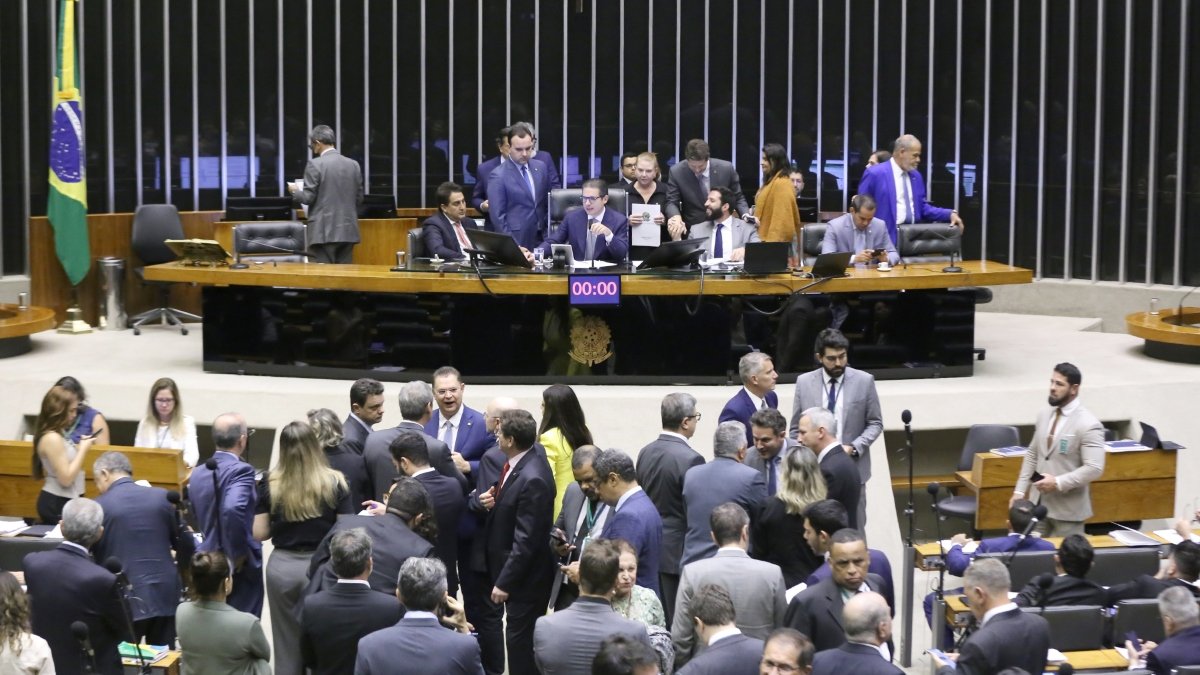
The just-published report issued by the Pew Research Centre on its findings on how the world’s religious landscape has evolved over the past decade highlights demographic growth, shifting affiliations, and rising secularism. It notes that Christians remain the world’s biggest religious group, although Muslims are growing fastest.
By Linda Bordoni
In a world marked by rapid social, cultural, and demographic shifts that affect the landscape of religion, the Pew Research Centre’s latest report provides a comprehensive overview of how religious affiliations and demographics have transformed over the past decade, from 2010 to 2020.
A growing and diversifying population
The report highlights that the global religious population has grown significantly over the last ten years, from approximately 5.9 billion in 2010 to nearly 6.9 billion in 2020. This increase is largely driven by demographic trends in regions such as sub-Saharan Africa, where high birth rates and vibrant religious communities continue to flourish. The expansion of the Muslim population, which rose from 23.2% to 24.1% of the world’s total, underscores the growing importance of Islam on the global stage. Meanwhile, while Christianity remains the largest faith, encompassing about 31.2% of the world’s population, it lags behind by not keeping pace with global population growth.
It is interesting to note that Christians are the world’s most evenly distributed group with a large presence in many regions, and that the vast majority of Muslims around the world are younger than 50; Buddhists, on the other hand, are older than other religious groups.
Shifts and divergences across continents
Despite overall growth, the report also paints a picture of divergence across continents. Europe, in particular, continues to experience a decline in religious identification, with a notable rise in those who consider themselves religiously unaffiliated—sometimes called “nones.” This group now accounts for roughly 17% of the European population, reflecting broader trends of secularisation and changing social attitudes. North America, while still maintaining high Christian adherence, has seen a modest increase in secular and non-religious identities, signalling a shift in how faith is experienced and expressed.
Emerging trends and movements
The decade has also witnessed the rise of vibrant religious movements, especially within Christianity. Pentecostal and evangelical communities have expanded rapidly in Africa and Latin America, fueling a renewed energy within these traditions. In many regions, migration and globalisation have contributed to increased religious diversity, fostering a more pluralistic society. Conversely, some areas have experienced religious revivals, with traditional practices gaining renewed importance amidst rapid social change.
The rise of the religious “Nones”
One of the most notable trends is the growth of those who identify as having no religious affiliation. Globally, this group is expanding, particularly in developed nations, as secularisation continues to influence social attitudes. This shift, the Pew Research Centre notes, poses profound questions for religious institutions and policymakers about the future role of faith in public life.
In conclusion, the Pew report highlights that our world is becoming both more diverse and more complex in terms of religious identity. As populations grow and shift, so too do how people find spiritual fulfilment and engage with their communities, calling on the Church and faith communities worldwide to give renewed impetus to dialogue and to foster deeper understanding of the spiritual landscape in order to better meet its needs.




